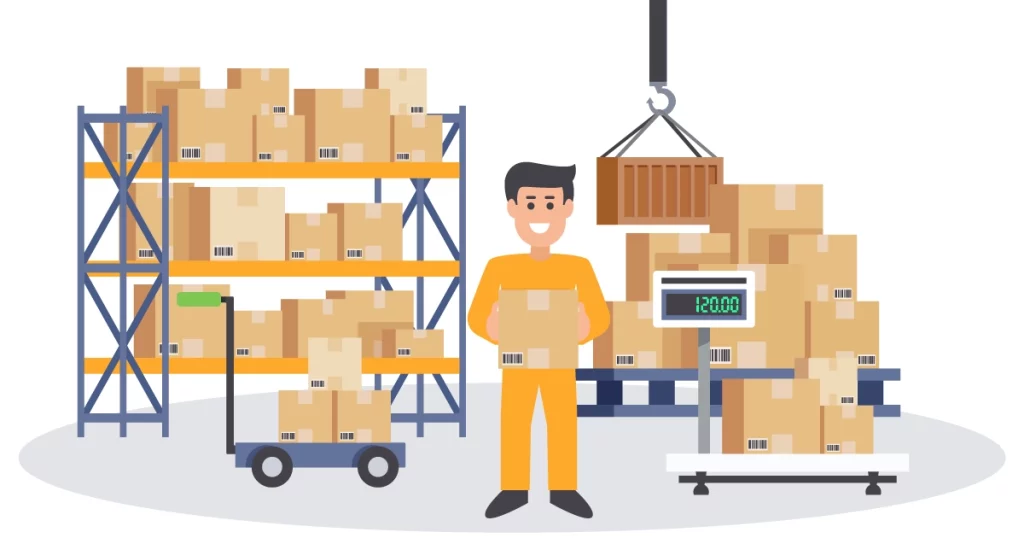Introduction:
The Complete Guide on Calculating Amazon Inventory Turnover. A business’s inventory management is crucial to its success, especially for e-commerce giants like Amazon. In order to maintain a healthy supply chain and maximize profitability, it is essential to understand and calculate inventory turnover. We will explore the concept of inventory turnover, and how it is significant for Amazon sellers, as well as show you how to calculate it accurately in this comprehensive guide.

What is Inventory Turnover?
The number of times a company sells and replaces its inventory over a specific period is known as inventory turnover. An important metric that measures how fast a company can sell its inventory and restock it is turnover. A high inventory turnover ratio indicates efficient inventory management, while a low ratio suggests potential issues like overstocking or slow sales.
Importance of Inventory Turnover for Amazon Sellers:
For sellers on the Amazon platform, monitoring inventory turnover is crucial for several reasons:
- Profitability: Optimizing inventory turnover helps reduce holding costs, such as storage fees and inventory obsolescence, increasing profitability.
- Cash Flow Management: Efficient inventory turnover ensures that capital is not tied up in slow-moving inventory, freeing up funds for other critical business activities.
- Customer Satisfaction: Maintaining a healthy inventory turnover ratio enables sellers to fulfil customer orders promptly, enhancing customer satisfaction and minimizing the risk of negative reviews or order cancellations.
Calculating Amazon Inventory Turnover:
To calculate inventory turnover on Amazon, follow these step-by-step instructions:
Step 1: Determine the Time Period:
Decide on the time period for which you want to calculate inventory turnover. Common options include monthly, quarterly, or annually. Select a period that aligns with your business needs and sales cycles.
Step 2: Gather Data:
Collect the necessary data for the chosen time period. This includes the beginning inventory value, the ending inventory value, and the total cost of goods sold (COGS) for that period. You can find this information in your Amazon seller reports or accounting software.
Step 3: Determine the Cost of Goods Sold (COGS) through calculation:
Calculate COGS by subtracting the ending inventory value from the beginning and adding additional inventory purchases during that period. Here is the formula:
COGS = Beginning Inventory + Additional Purchases – Ending Inventory
Step 4: Calculate Inventory Turnover Ratio:
COGS are divided by average inventories for the period selected to calculate the inventory turnover ratio. Here is the formula:
Inventory Turnover Ratio = COGS / Average Inventory
To determine the average inventory, add the beginning and ending inventory values together and divide the total by 2.
Step 5: Interpret and Analyze:
Once you have calculated the inventory turnover ratio, interpret the result in the context of your business. A higher ratio indicates efficient inventory management, while a lower ratio suggests room for improvement. Compare your ratio with industry benchmarks and historical data to gain further insights.
Read more about Amazon:
- Mastering Amazon PPC: A Guide to Boost Your Sales and Visibility
- How to Print Labels for Amazon FBA – Step-by-Step Guide
- Which licenses are needed for Amazon Business?
Conclusion:
Calculating Amazon’s inventory turnover is an essential practice for sellers aiming to optimize their supply chain and maximize profitability. By regularly monitoring this metric and making informed inventory management decisions, sellers can enhance customer satisfaction, improve cash flow, and drive overall business success. Use the step-by-step guide provided in this article to calculate your inventory turnover and gain valuable insights into your Amazon business operations.





